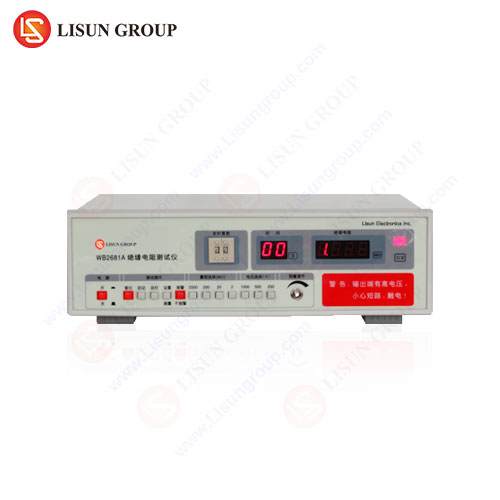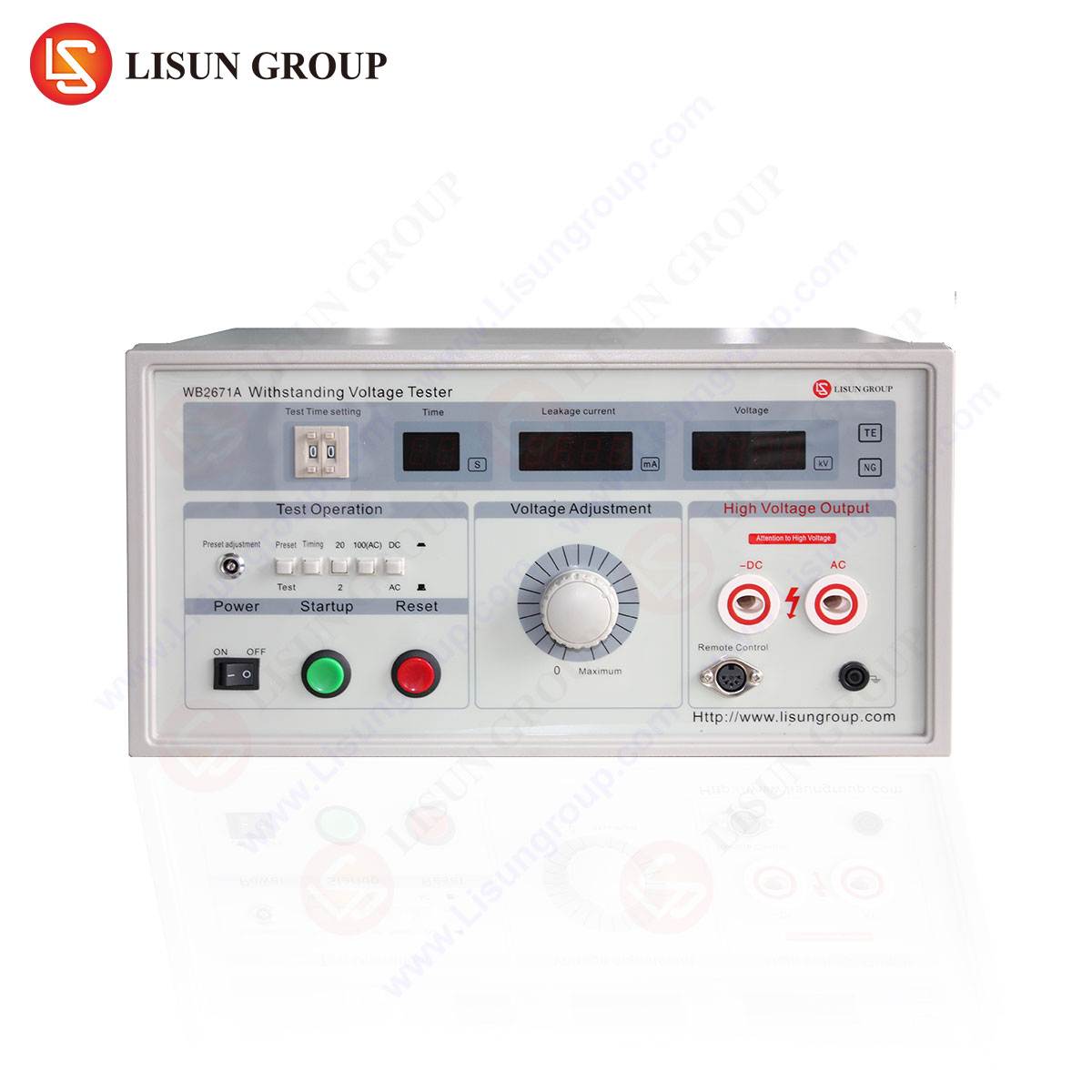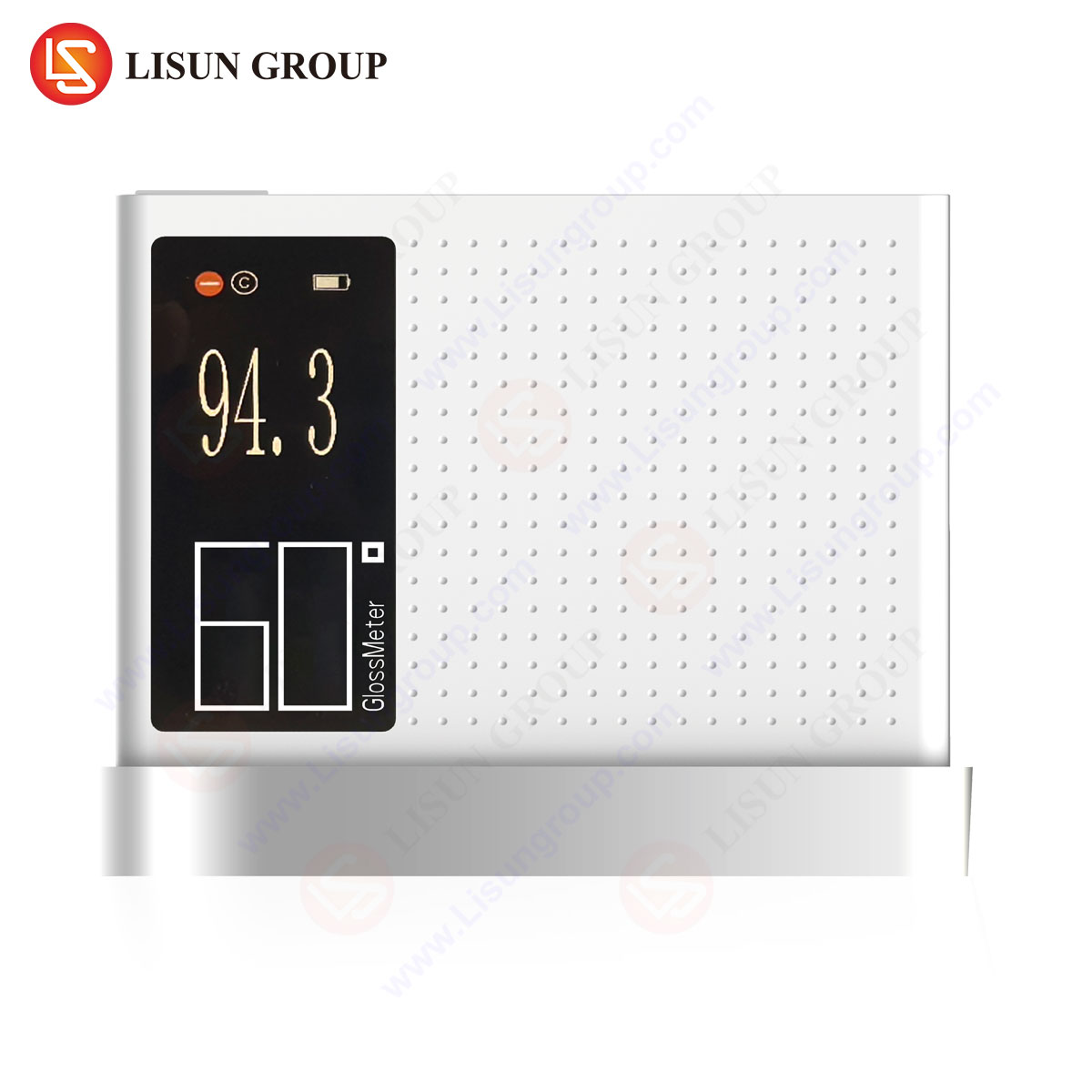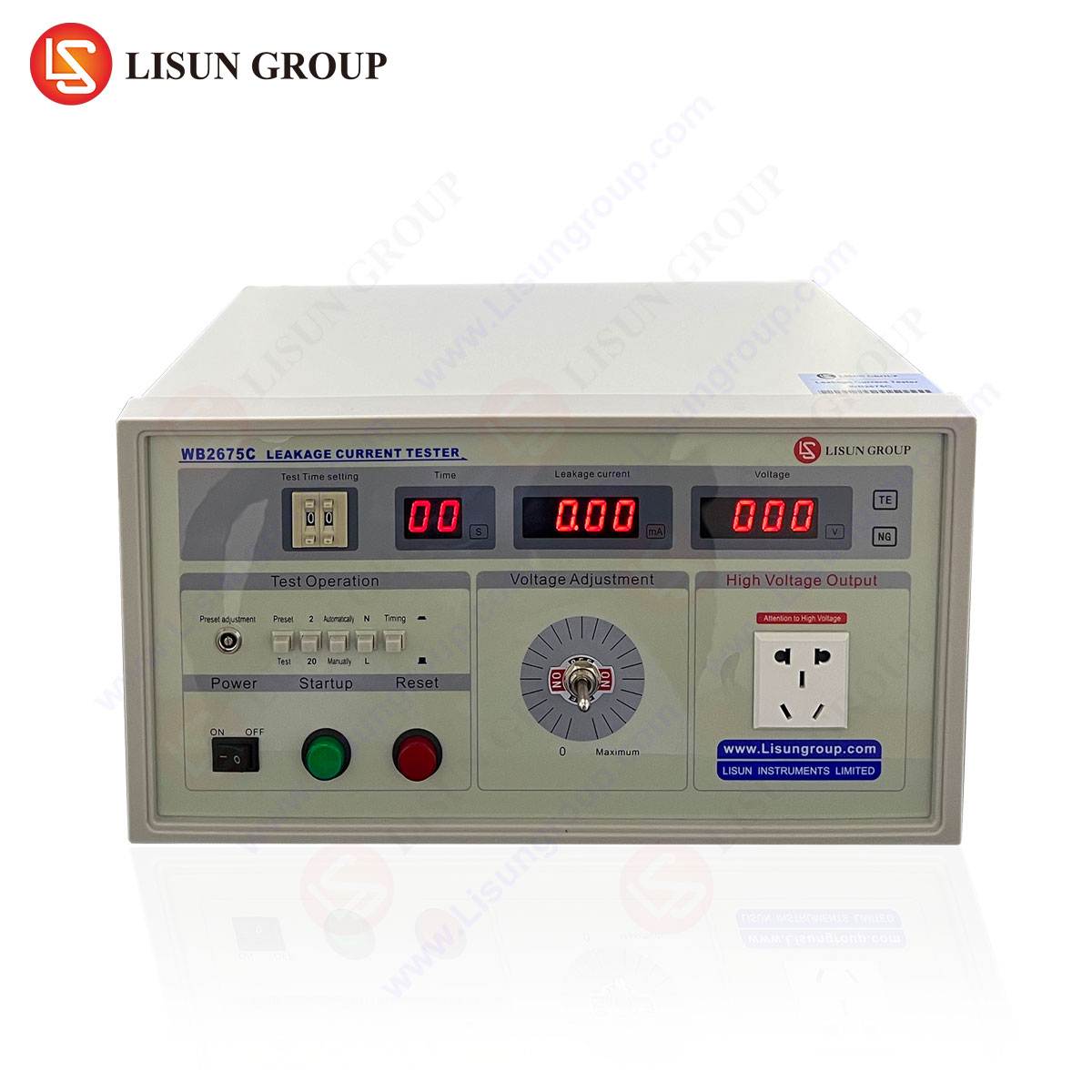Fundamentals of Insulation Resistance Testing
Insulation resistance (IR) testing is a critical diagnostic procedure used to evaluate the integrity of electrical insulation in components, cables, and equipment. The test measures the resistance between conductive parts and insulating materials to detect degradation, contamination, or manufacturing defects. Poor insulation resistance can lead to leakage currents, short circuits, or catastrophic failures, making IR testing indispensable in industries such as electrical and electronic equipment, automotive electronics, and aerospace.
The principle involves applying a direct current (DC) voltage—typically ranging from 50V to 10kV—across the insulation and measuring the resultant current. The resistance value, expressed in megohms (MΩ) or gigohms (GΩ), indicates the material’s ability to resist electrical leakage. Standards such as IEC 60335 (household appliances), IEC 60601 (medical devices), and IEEE 43 (rotating machinery) define acceptable thresholds for insulation resistance.
Comparative Analysis of Insulation Resistance Testing Techniques
Several methodologies exist for insulation resistance testing, each suited to specific applications:
- Spot Reading Test: A single measurement at a fixed voltage and duration, useful for quick quality checks in manufacturing.
- Time-Resistance Test (Dielectric Absorption Ratio – DAR/Polarization Index – PI): Evaluates insulation quality by comparing resistance values over time (e.g., 1-minute vs. 10-minute readings).
- Step Voltage Test: Applies incrementally increasing voltages to identify weaknesses under stress.
The choice of method depends on factors such as equipment type, operational environment, and regulatory compliance. For instance, aerospace components may require step voltage testing due to extreme operating conditions, while household appliances typically undergo spot tests for cost efficiency.
Advanced Instrumentation: WB2681A Insulation Resistance Tester
إن ليسون WB2681A Insulation Resistance Tester is a precision instrument designed for high-accuracy measurements across diverse industries. Key specifications include:
| المعلمة | مواصفة |
|---|---|
| Test Voltage Range | 50V–1000V (5 steps) |
| Resistance Range | 0.01MΩ–100GΩ |
| دقة | ±(3% + 5 digits) |
| Display | 4.3-inch LCD with real-time graphing |
| Compliance | IEC 61010, CAT III 600V |
The WB2681A employs a constant voltage method, ensuring stable test conditions even under fluctuating loads. Its auto-discharge function enhances safety by dissipating residual charge post-testing, critical in high-capacitance systems like industrial motor windings.
Industry-Specific Applications
- Household Appliances: Verifies insulation integrity in motors, heating elements, and power cords to comply with IEC 60335.
- Automotive Electronics: Assesses wiring harnesses and battery insulation to prevent leakage in high-voltage EV systems.
- Medical Devices: Ensures patient safety by testing defibrillator leads and imaging equipment per IEC 60601.
- Aerospace: Validates avionics wiring and connectors under simulated altitude conditions.
Operational Best Practices for Reliable Measurements
-
Pre-Test Preparations:
- Disconnect equipment from power sources.
- Clean surfaces to remove conductive contaminants (e.g., dust, moisture).
- Ensure ambient temperature and humidity align with standard test conditions (typically 23°C ±5°C, <70% RH).
-
Test Execution:
- Select the appropriate voltage based on equipment rating (e.g., 500V for low-voltage cables, 1000V for industrial machinery).
- Maintain test duration as per standards (e.g., 1 minute for spot tests).
-
Data Interpretation:
- Compare results against baseline values or manufacturer specifications.
- Investigate anomalies such as declining PI ratios (<1.0 indicates severe degradation).
Challenges and Mitigation Strategies
- Surface Leakage: High humidity can distort readings. Use guard terminals to bypass surface currents.
- Capacitive Charging: Large capacitive loads (e.g., long cables) require extended stabilization times. The WB2681A’s auto-ranging feature mitigates this issue.
- Temperature Effects: Insulation resistance inversely correlates with temperature. Apply correction factors per IEEE 43 for accurate comparisons.
Regulatory and Standards Compliance
The WB2681A adheres to:
- IEC 61010-1: Safety requirements for electrical equipment.
- IEC 61557-2: Insulation monitoring devices in low-voltage systems.
- ISO 9001: Quality management in manufacturing.
قسم الأسئلة الشائعة
Q1: What is the minimum acceptable insulation resistance for household appliances?
A: Per IEC 60335, a minimum of 1MΩ is required under normal conditions, though manufacturers may specify higher thresholds.
Q2: How does the WB2681A handle high-capacitance loads?
A: Its auto-discharge circuit and stabilized voltage output ensure accurate readings despite capacitive charging effects.
Q3: Can the WB2681A test photovoltaic systems?
A: Yes, its 1000V range is suitable for solar panel insulation testing, provided proper safety precautions are followed.
Q4: Why is polarization index (PI) critical for industrial motors?
A: PI values below 2.0 suggest moisture ingress or aging, necessitating maintenance to prevent failure.
Q5: Does the WB2681A support data logging?
A: Yes, it stores up to 1,000 test records for trend analysis and compliance reporting.






